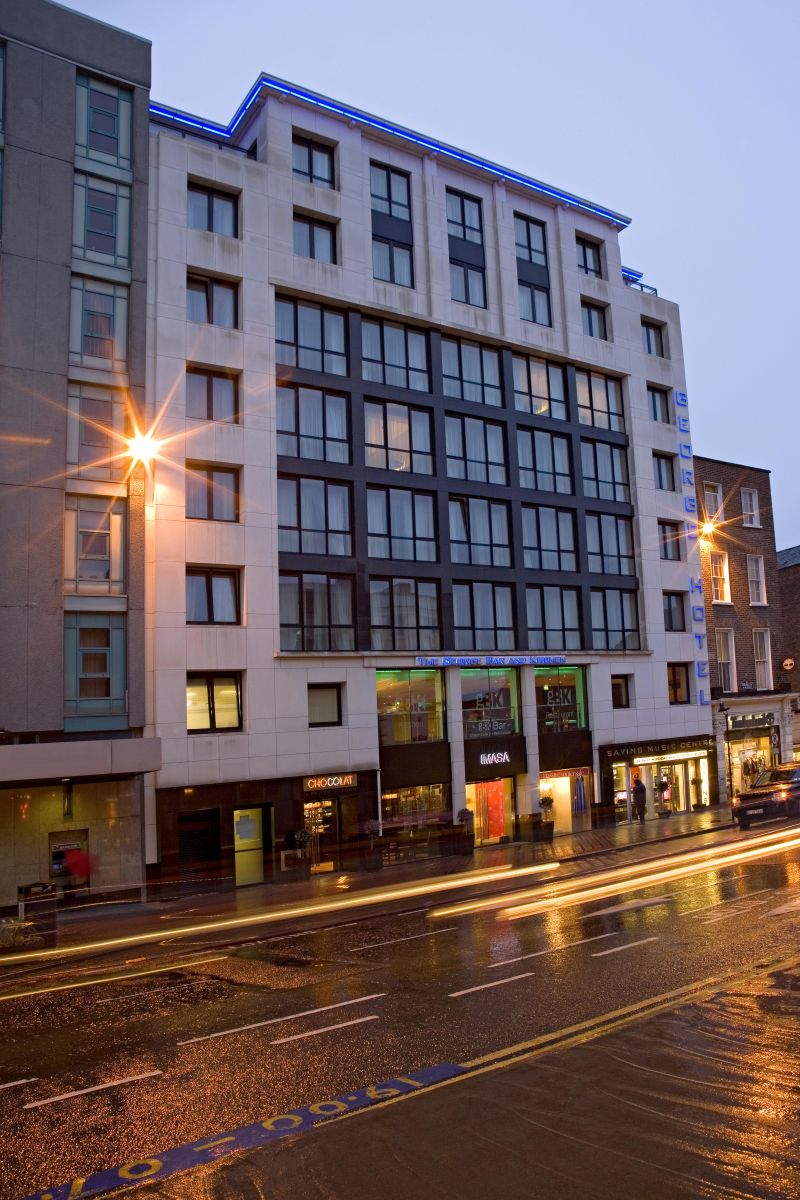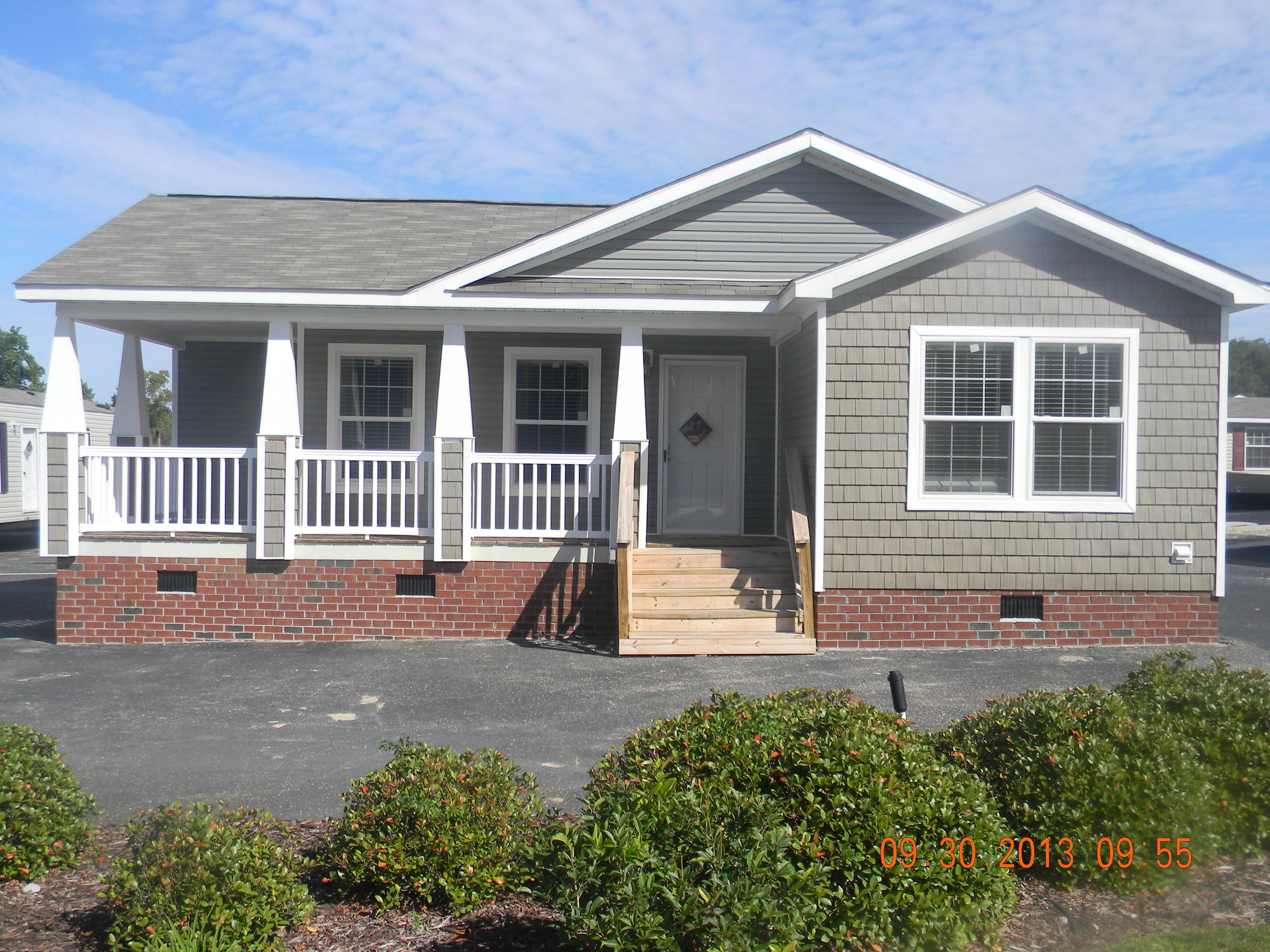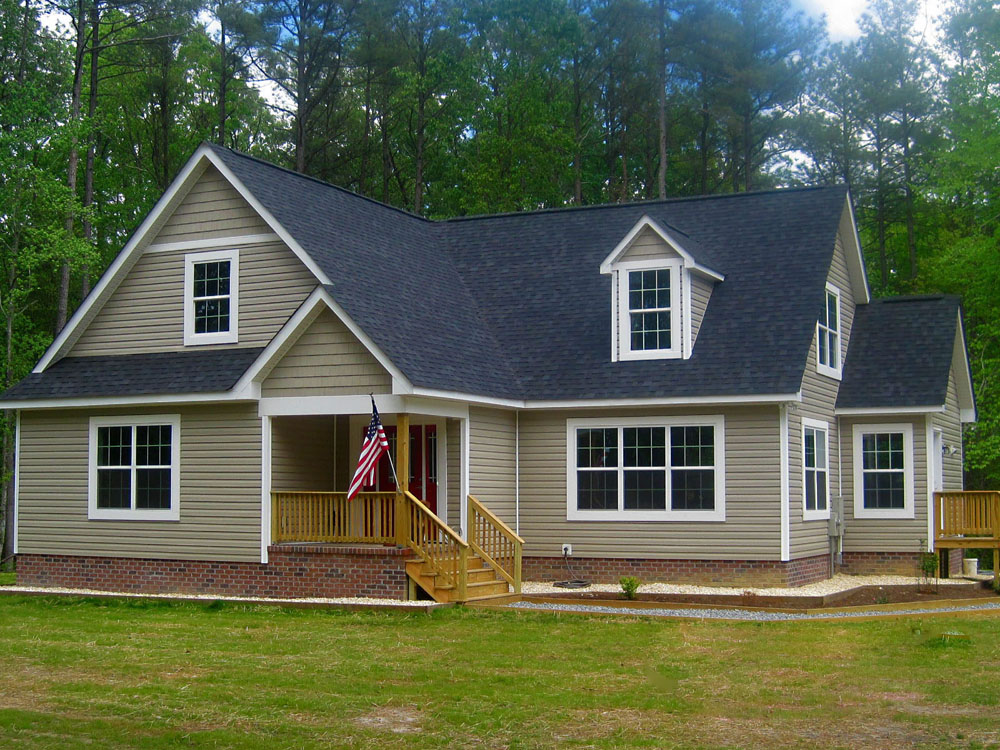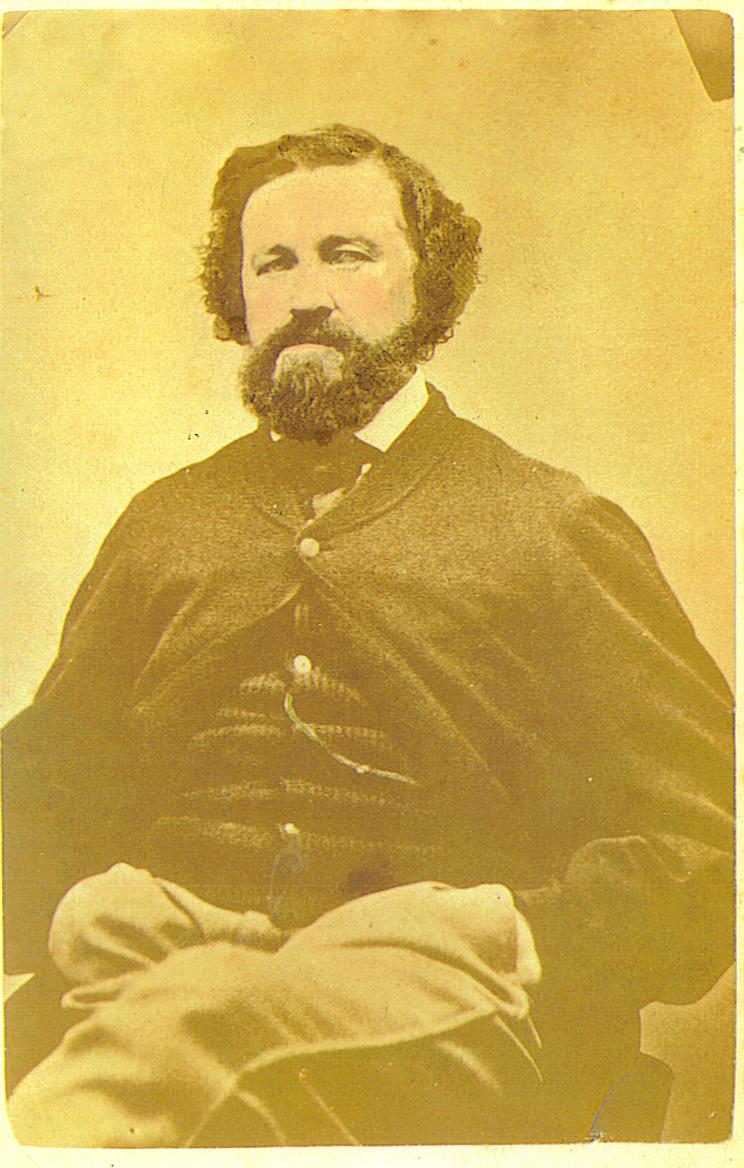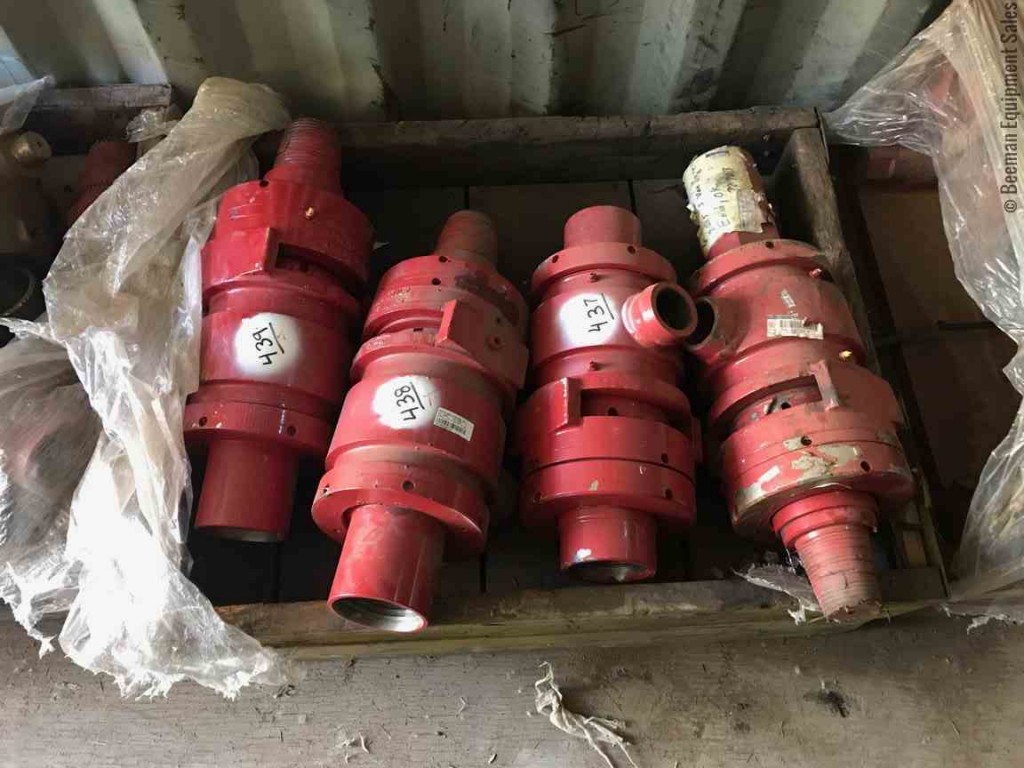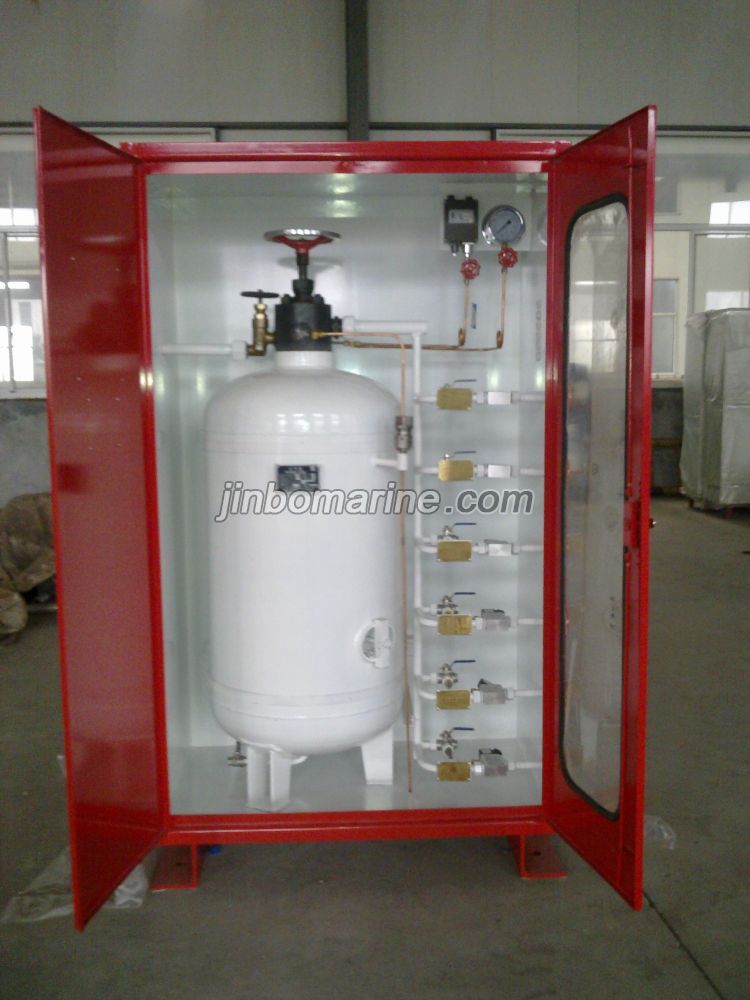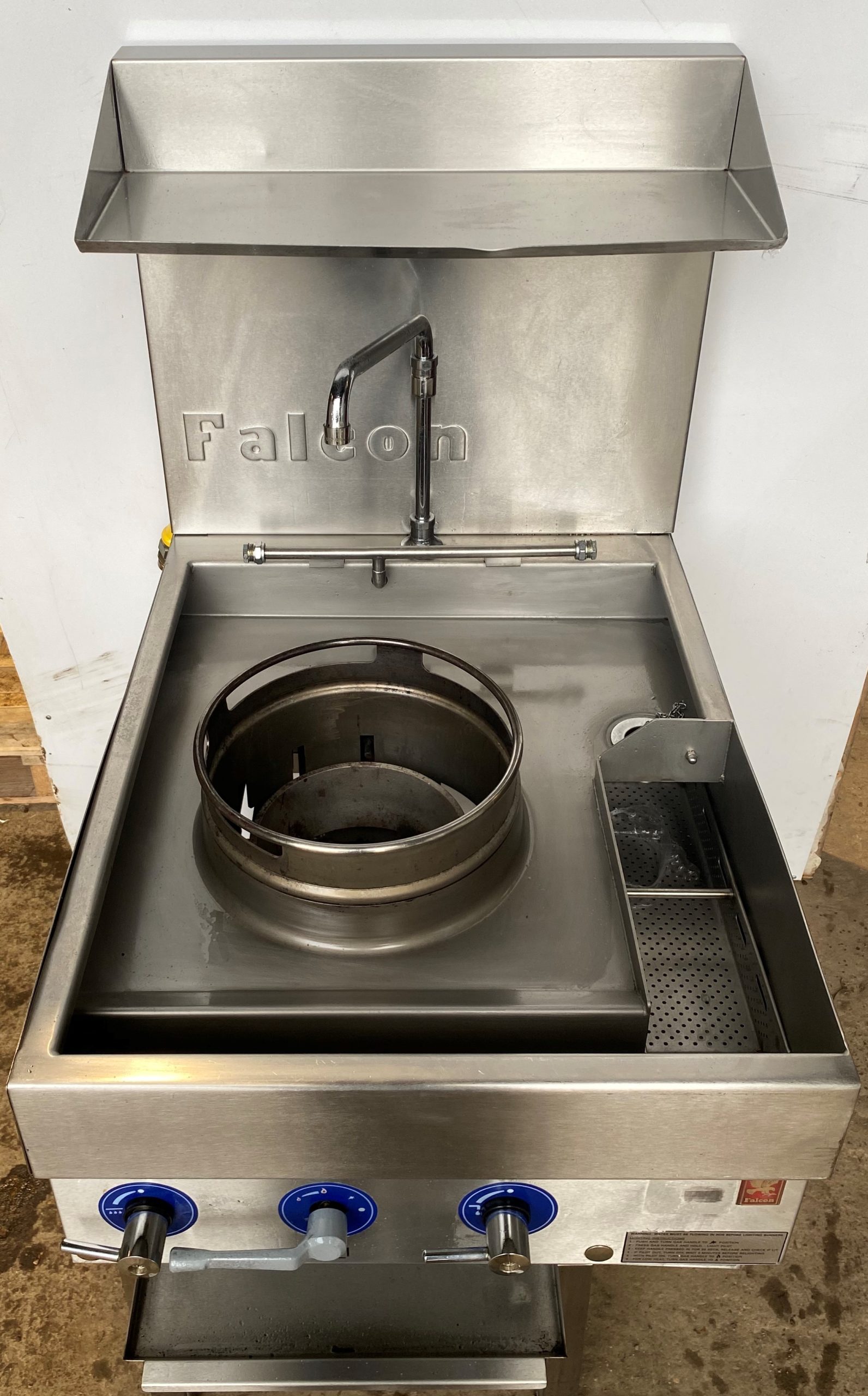Table of Content
This system uses a special clamp, crimping tool, and heat-shrink to create a copper pigtail off the aluminum wiring. Some areas don’t have anyone available who is certified in using the COPALUM system. Here you can see what aluminum wire looks like next to copper wire in an electrical panel.
Installing an enclosure extender for unfinished surfaces, replacing the enclosure with a larger one or installing an additional adjacent enclosure can be done to increase the available space. Another issue is the joining of aluminum wire to copper wire. In addition to the oxidation that occurs on the surface of aluminum wires which can cause a poor connection, aluminum and copper are dissimilar metals.
Is aluminum wiring still used in houses?
Under normal circumstances, aluminum overheats from continuous expansion and contraction. Now can you imagine what would happen if one wire is overloaded? You get the picture; that’s a potential fire hazard right there. When connected to the light switches and wall outlets or other wires in junction boxes, aluminum wiring presents a problem. Considering the number of connections your home might have, you get an idea of the underlying risks.
We’ve already seen why copper has wider usage than its wiring counterpart. Many homeowners and homebuyers wonder if aluminum wiring is safe. Unfortunately, no, unless you’re speaking of multi-stranded wire.
Aluminum Wiring
As aluminum heats, it expands and retracts as it cools, causing loose connections in breakers, wiring connections, outlets, switches, and light fixtures. Aluminum wiring was first used as branch circuits around 1965 during a copper shortage and was used in homes until the mid-1970s. It’s the small 15 and 20 amp breakers in your electrical panel.The larger wires and the main power lines coming into the home are typically aluminum but do not have the same issues that the branch circuit wiring. The symptoms of problems with aluminum wire include flickering lights and signs of overheating, such as burned insulation or oddly warm cover plates. It can overheat more easily than copper and start electrical fires by slowly damaging its insulation and heating things around it. The issues are caused by oxidation and other factors that lead to overheating where the wiring is connected at splices, outlets, and light fixtures.
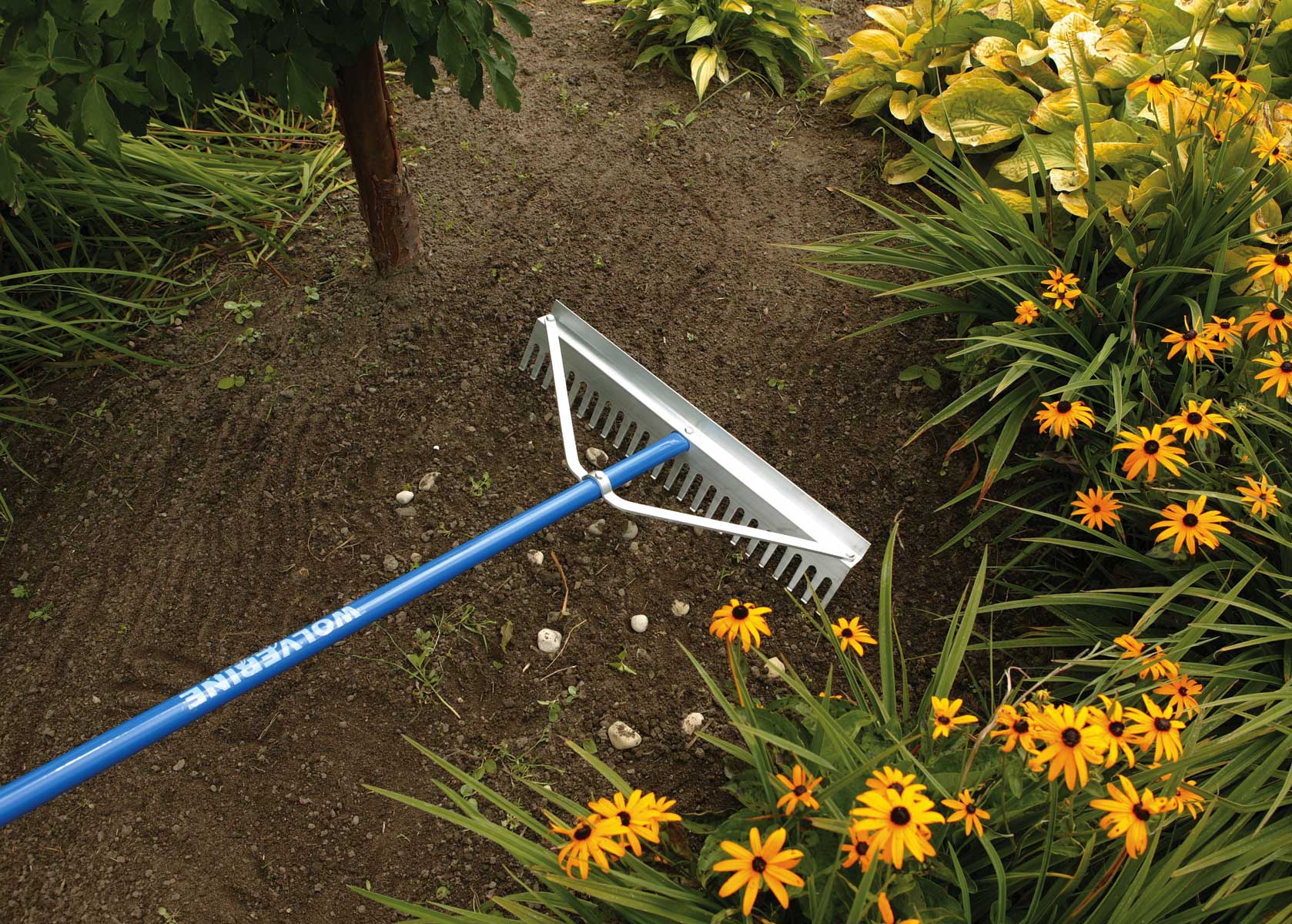
The combination of steel screws and aluminum wiring was bad and certainly would seem to have contributed to connection issues. However, switches and receptacles with steel terminals were also problematic with copper wiring. In response, manufacturers switched to brass terminal screws as a way to improve overall connection performance. This change occurred in the early 1970’s, about the same time as the switch to 8000-type aluminum alloys occurred.
Aluminum Wire is Prone to Loose Connections
Homeowners who have aluminum wiring should have an electrical audit performed to ensure their home is safe. Aluminum contracts with cold and expands with heat, more easily than copper. This will eventually cause the connections to loosen in the future and for that reason is that they screwed and did not make links type “bayonet” or “push”. Aluminum fatigues when subjected to bending, causing permanent breaks in the wires. If not, the fatigue causes it to resist the electric current each time, producing hot spots and possible fire points.
Most homes have some areas where conduit is used, though it is now sometimes made with rigid plastic PVC conduit rather than metal. Ground wire was added in the mid-1940s to early 1950s, but it was only about a quarter of the size of the hot and neutral wires. This was also when the modern plastic-coated inner wire was introduced.
Find out why aluminum wiring is not safe in your house, and why you may need aluminum wiring replacement in your Calgary home. Behind the outlet cover, you may be able to see some of the plastic covering that insulates and protects the wire. If you can see ALUMINIUM, ALUM, or AL either printed on or etched into that wire covering, you have aluminum wiring. You might discover that your home contains aluminum wiring and decide you would like to switch to copper. Fortunately, replacing aluminum wiring is relatively straightforward. You will need to have the professionals come back in and remove every piece of aluminum wiring from your home.
"Pig-tailing" which involves splicing a short length of copper wire to the original aluminum wire, and then attaching the copper wire to the existing electrical device. The splice of the copper pigtail to the existing aluminum wire can be accomplished with special crimp connectors, special miniature lug-type connectors, or approved twist-on connectors . Pig-tailing generally saves time and money, and is possible as long as the wiring itself is not damaged. Flickering lights could be caused by several things, including loose bulbs or issues with the light fixture, but this may also indicate poor electrical connections due to deteriorating aluminum wires.
Crimped, nicked, or pinched aluminum wires can be problematic as well. This type of damage can create hot spots which can also result in overheating. Many houses built between 1965 and 1972 were wired with aluminum instead of copper.
An experienced electrician will help you develop a specific number for your potential home. I grew up with a hammer in my hand, and have been a professional home inspector for 14 years. My blog is here for info about home inspections around the Louisville, Kentucky area, and just about anything construction-related. There are several products on the market designed to help minimize the risk when dealing with aluminum wiring. Inpart two of this post, we explore a few more additional considerations, as well as questions about insurance, and what to do if you have aluminum wiring in your home.
Many of these older homes have small main service panels that could stand upgrading anyway. For owners also faced with aluminum wiring in their homes, there are several viable repair alternatives. The homeowner may choose to replace the solid aluminum wire with copper wiring. It is also possible to make less invasive repairs by “pig-tailing” copper wires onto the solid aluminum at all connection points.
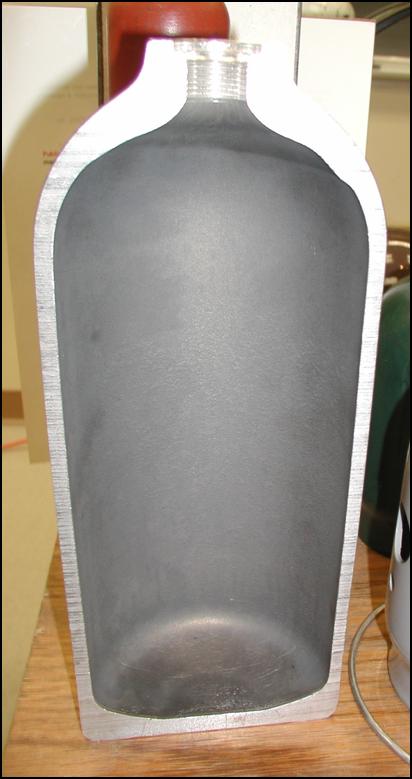
Aluminum wire might become dangerous because the issues that make it inferior all contribute to it wearing down. This is a considerable cause for concern because having been built in the 60’s and 70’s homes with aluminum wiring are already quite old and may be at risk. Negative information about aluminum branch circuit conductors involves solid aluminum wire for branch circuits. In houses, multi-stranded aluminum wire is still common today for main feeder service wires and circuits like electric stoves. The main problem was a loosening of the wire connections due to the high rate of thermal expansion and contraction compared to copper, and homes with aluminum wiring were much more likely to have electrical fires.
